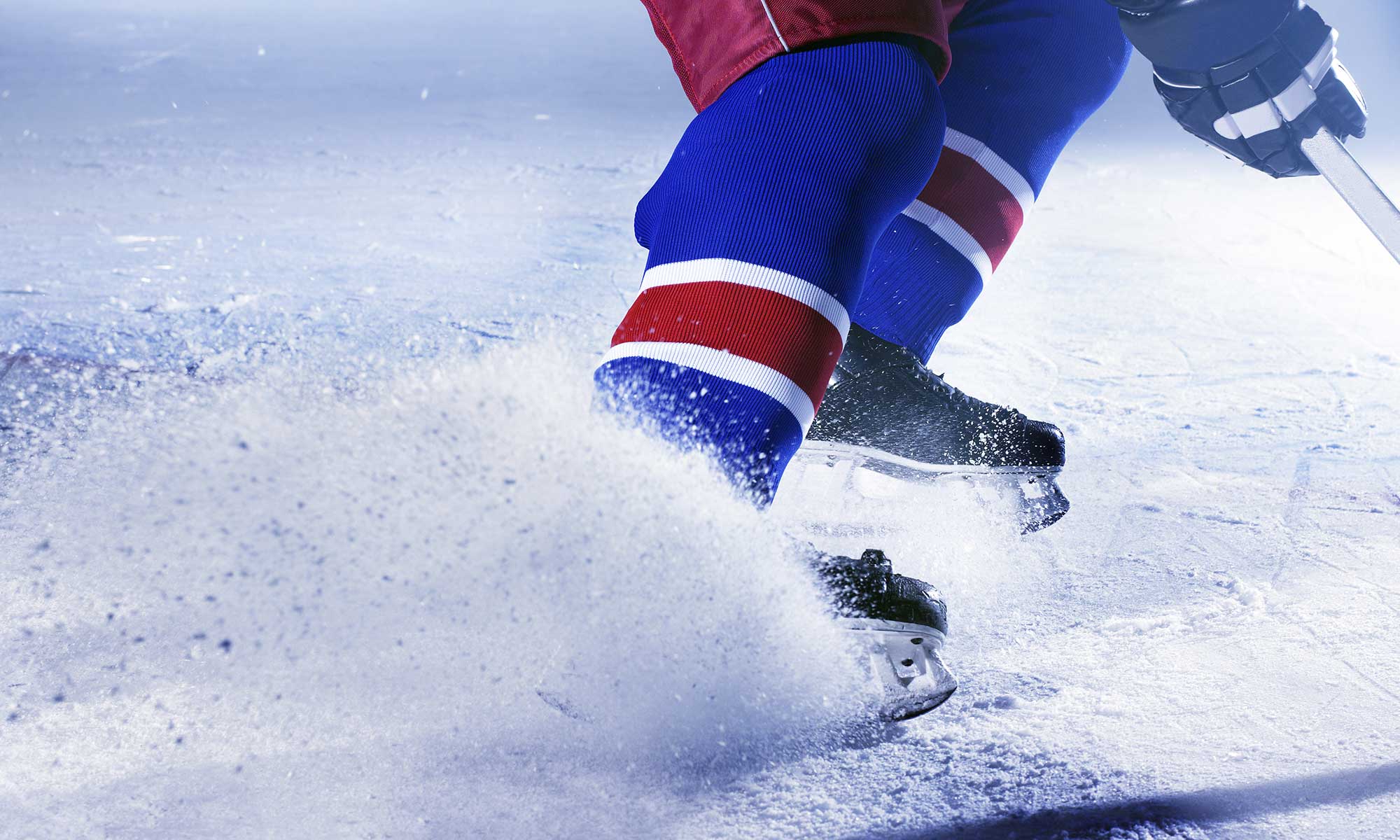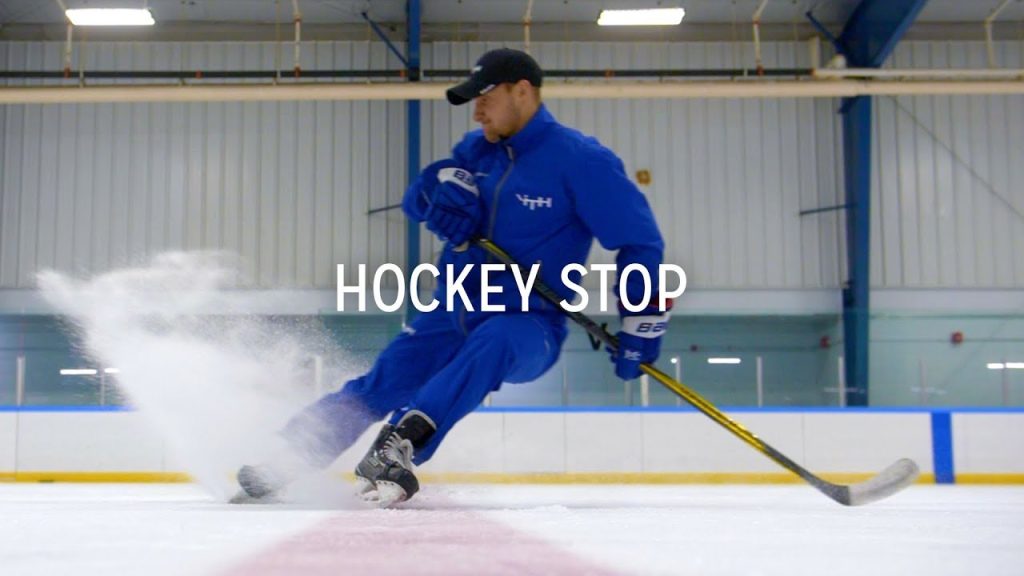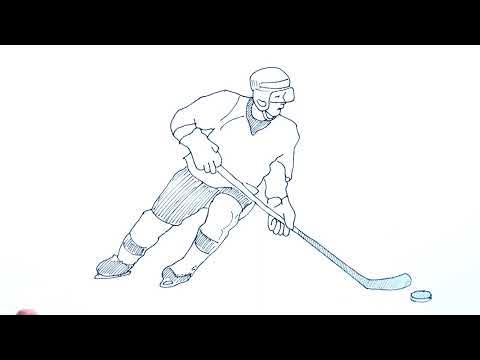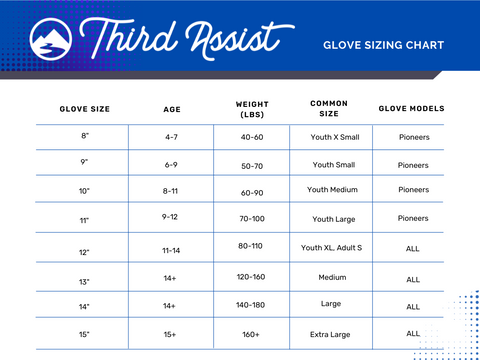Stopping in ice hockey can be tricky. But it’s essential for every player.
Knowing how to stop will improve your skills and safety on the ice. Ice hockey is a fast-paced sport where quick movements are key. Knowing how to stop efficiently can make a big difference. It helps you control your speed and direction.
This skill is crucial whether you are playing defense or attack. If you are new to ice hockey, learning to stop can seem tough. But with practice and the right techniques, it becomes easier. In this guide, we’ll explore different ways to stop in ice hockey. By the end, you’ll feel more confident on the ice. Ready to get started? Let’s dive in!
Importance Of Stopping Skills
Stopping skills in ice hockey are crucial for every player. They ensure you can control your movement on the ice. Good stopping skills provide safety and enhance your overall performance. Let’s dive into why these skills matter.
Safety On The Ice
Stopping quickly can prevent collisions. It helps avoid injuries to yourself and others. Ice hockey is a fast-paced game. You need to react swiftly. Knowing how to stop reduces the risk of accidents. It keeps the game safe and fun for everyone.
Enhanced Performance
Good stopping skills improve your game play. They allow you to change direction easily. You can respond better to the puck and other players. Quick stops give you more control. They help you defend and attack more effectively. Mastering stopping skills can give you an edge over your opponents.

Credit: m.youtube.com
Equipment Preparation
Stopping in ice hockey requires not just skill but the right equipment. Proper skates and protective gear are essential. They ensure safety and enhance performance. Let’s dive into the details.
Proper Skates
Skates are the most important gear in ice hockey. Ensure they fit well. Poorly fitted skates can cause discomfort. They can also hinder your ability to stop quickly. Always choose skates designed for ice hockey.
Check the blades regularly. Sharp blades provide better grip on the ice. Dull blades make stopping harder and less safe. Consider professional sharpening for the best results. Maintain your skates to keep them in top condition.
Protective Gear
Protective gear is crucial for safety. Helmets, pads, and guards protect against injuries. A helmet is non-negotiable. It protects your head from falls and collisions. Make sure it fits snugly.
Wear shoulder pads, elbow pads, and shin guards. They cushion impacts and prevent bruises. Gloves are also important. They protect your hands and improve grip. Always check your gear before hitting the ice.
Finally, wear a mouthguard. It protects your teeth and jaw. Safety should always be your priority. Proper gear ensures you can focus on improving your skills without worry.
Basic Stopping Techniques
Learning to stop in ice hockey is crucial for all players. It helps with balance, control, and safety on the ice. There are several basic stopping techniques every player should master. Two of the most important are the Snowplow Stop and the T-Stop.
Snowplow Stop
The Snowplow Stop is often the first stop beginners learn. It is effective and easy to execute. Here’s how you can perform a Snowplow Stop:
- Bend your knees slightly to lower your center of gravity.
- Turn your toes inward, creating a “V” shape with your skates.
- Push your heels outwards while applying pressure to the inside edges of your skates.
- Gradually increase the pressure to slow down and stop.
This stop is named because it pushes snow to the sides, like a snowplow. It is very useful for beginners who are still gaining confidence on the ice.
T-stop
The T-Stop is another essential stop that every player should learn. It provides better control and is more advanced than the Snowplow Stop. Here’s a step-by-step guide:
- Skate forward at a moderate speed.
- Bend your knees to maintain balance.
- Shift your weight to your leading skate.
- Turn the other skate perpendicular to the leading skate, forming a “T” shape.
- Drag the trailing skate gently to create friction and slow down.
The T-Stop allows for precise stopping and is commonly used by more advanced players. It is particularly useful in game situations where quick stops are necessary.
Mastering these basic stopping techniques will improve your skills and confidence on the ice. Practice regularly to perfect your stops and enjoy a safer, more controlled skating experience.
Advanced Stopping Methods
Stopping in ice hockey is crucial for every player. Once you’ve mastered the basics, it’s time to learn advanced stopping methods. These techniques will help you stop quickly, keep balance, and stay agile on the ice.
Hockey Stop
The hockey stop is a fundamental skill in ice hockey. It allows players to stop quickly and change direction. Here’s how to perform a hockey stop:
- Skate forward with a steady pace.
- Turn both skates perpendicular to your direction.
- Bend your knees to lower your center of gravity.
- Apply pressure to the edges of your skates to dig into the ice.
- Come to a complete stop, using your body weight to control the skid.
Practice this move at different speeds to gain confidence.
Power Slide
The power slide is an advanced stopping method. It’s effective for quick stops and maintaining speed. Follow these steps to execute a power slide:
- Gain speed by skating forward.
- Shift your weight to one skate, using the inside edge.
- Bend the knee of the weighted leg.
- Extend the other leg out, using the outside edge.
- Slide both skates in a controlled motion until you stop.
This stop requires good balance and edge control. Keep practicing to perfect your power slide.
Common Mistakes
Stopping in ice hockey can be challenging for beginners. Many players make common mistakes that affect their stopping ability. Understanding these errors can help improve your skills and confidence on the ice.
Balance Issues
One of the most frequent mistakes is poor balance. Players often lean too far forward or backward. This can cause falls or difficulty stopping. Keep your weight centered over your skates. Bend your knees slightly. This helps maintain balance and control.
Incorrect Edge Use
Another common error is improper edge use. Skates have inside and outside edges. Using the wrong edge can lead to slips and falls. Use the inside edge of one skate and the outside edge of the other. This technique provides better grip and control. Practice edge work to improve your stopping ability.

Credit: hockeyshot.com
Practice Drills
Practice drills are crucial for mastering the art of stopping in ice hockey. They help players develop the necessary skills and muscle memory. Both on-ice and off-ice drills play vital roles. Each type of drill targets different aspects of stopping techniques.
On-ice Drills
On-ice drills are essential for real-life practice. Start with basic T-stops. To perform a T-stop, place one skate perpendicular to the other. Apply pressure with the inside edge of the perpendicular skate. This will create friction and slow you down.
Next, practice snowplow stops. Point the toes of both skates inward. Push outwards with the heels, creating a plow shape. This stop is useful for beginners and helps with balance.
For more advanced players, try the hockey stop. Skate forward and turn your hips sharply. Use both skates to dig into the ice simultaneously. This stop requires strong leg muscles and good balance.
Off-ice Drills
Off-ice drills help build strength and flexibility. These drills are crucial for effective stopping. Start with basic squats. Squats strengthen the leg muscles used in stopping.
Another useful drill is the lateral lunge. Step to the side and bend your knee. Keep the other leg straight. This movement mimics the side-to-side motion in stopping.
Balance exercises are also important. Use a balance board or stand on one leg. These exercises improve stability on the ice.
Incorporate plyometric exercises like jump squats. These exercises build explosive power in your legs. This power is necessary for quick stops.
Mental Preparation
Mental preparation plays a crucial role in ice hockey. It helps players perform their best under pressure. Before learning how to stop, it’s essential to be mentally ready.
Confidence Building
Confidence is key in ice hockey. Trust your skills and practice regularly. Visualize successful stops in your mind. This helps build self-assurance. Remember past successes and learn from mistakes. Surround yourself with supportive teammates and coaches. Positive reinforcement boosts confidence.
Focus Techniques
Staying focused is vital in ice hockey. Practice deep breathing to calm your nerves. Clear your mind of distractions. Focus on the task at hand. Set small, achievable goals for each practice session. Break down the stopping technique into steps. Concentrate on each step one at a time. Use visualization to picture the perfect stop. This improves focus and performance.
Incorporating Stopping In Game Situations
Learning how to stop in ice hockey is crucial for effective gameplay. Knowing how to stop quickly can make or break a game. This skill is essential for both defensive and offensive plays. It allows players to control their movements and make strategic decisions.
Defensive Plays
Stopping is vital for defense in ice hockey. It allows players to react quickly to opponents. Here are some ways stopping helps in defensive plays:
- Blocking Shots: A quick stop can position you to block a shot.
- Intercepting Passes: Stop to cut off passing lanes and intercept the puck.
- Checking Opponents: Stopping helps you line up for an effective check.
| Situation | Stopping Technique |
|---|---|
| Blocking Shots | Quick T-Stop |
| Intercepting Passes | Parallel Stop |
| Checking Opponents | Hockey Stop |
Offensive Strategies
Stopping is just as important in offensive strategies. It helps you maintain control and create scoring opportunities. Here are some offensive moves involving stopping:
- Deceptive Moves: Stop quickly to fake out defenders.
- Setting Up Shots: Stop to get a clear shot on goal.
- Maintaining Possession: Stop to avoid defenders and keep the puck.
Incorporating stopping into your game can improve your overall performance. Practice different stopping techniques. They will help you in various game situations, both defensively and offensively.

Credit: www.wikihow.com
Frequently Asked Questions
What Are The Basic Techniques To Stop In Ice Hockey?
Stopping in ice hockey involves techniques like the snowplow stop and the hockey stop. The snowplow stop is great for beginners. The hockey stop, often used by advanced players, requires practice.
How Do You Perform A Hockey Stop?
To perform a hockey stop, turn your hips and shoulders in the direction you want to stop. Push your skates outwards, creating friction to halt your movement.
Why Is Stopping Important In Ice Hockey?
Stopping is crucial for controlling your speed and direction on the ice. It helps you make quick decisions and react to the game.
What Equipment Helps In Stopping On Ice?
Sharp skates are essential for effective stopping in ice hockey. Properly fitted skates with good ankle support enhance control and stability.
Conclusion
Mastering the stop in ice hockey takes practice and patience. Start slow and build confidence. Remember to bend your knees slightly. Keep your body balanced and centered. Use the inside edge of your skates. Practice on both feet for better agility.
Watching tutorials can help improve your skills. Stay consistent with your practice sessions. Soon, stopping will feel natural and smooth. Ice hockey becomes more enjoyable when you feel in control. So, lace up your skates and hit the ice!



